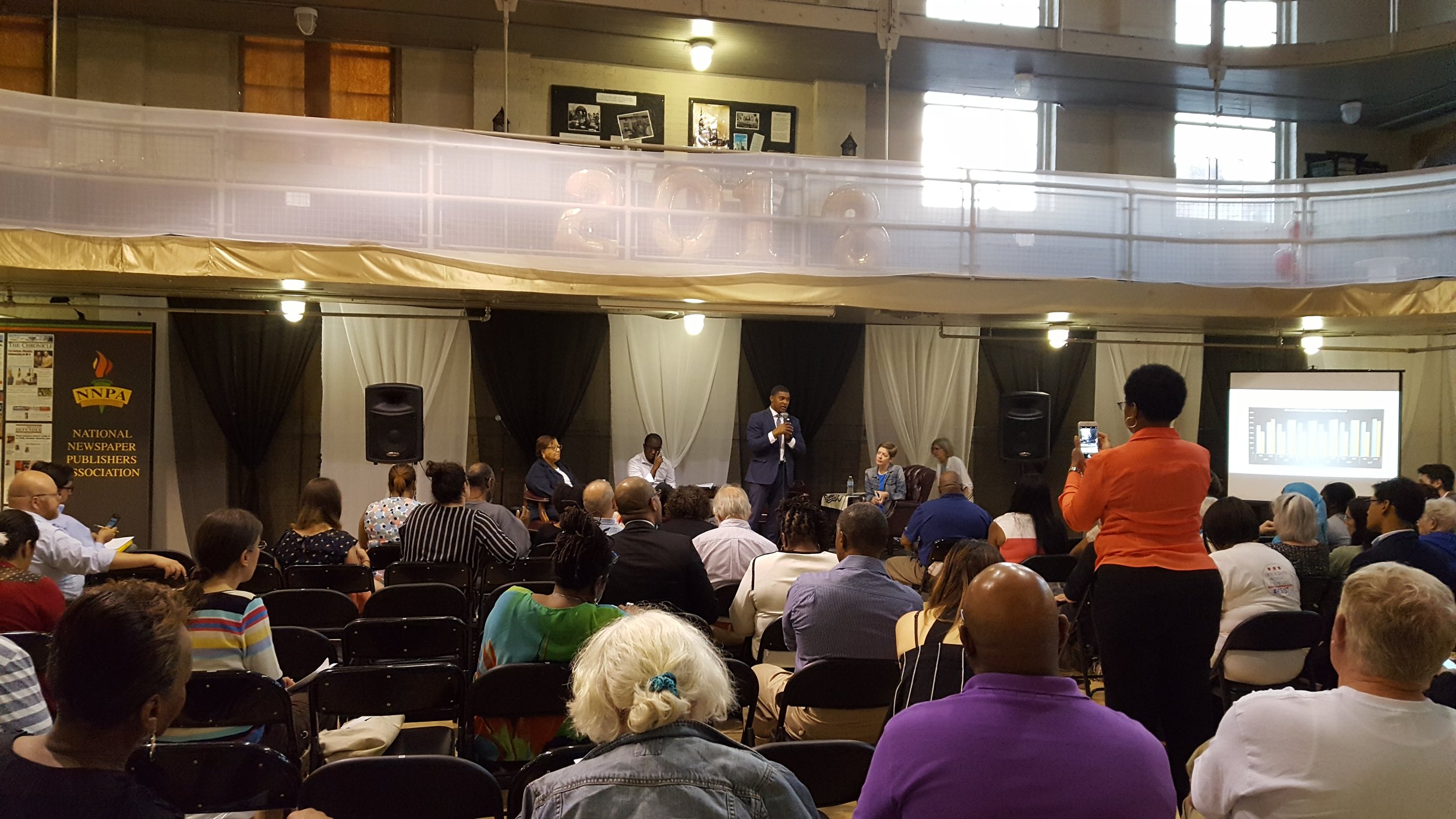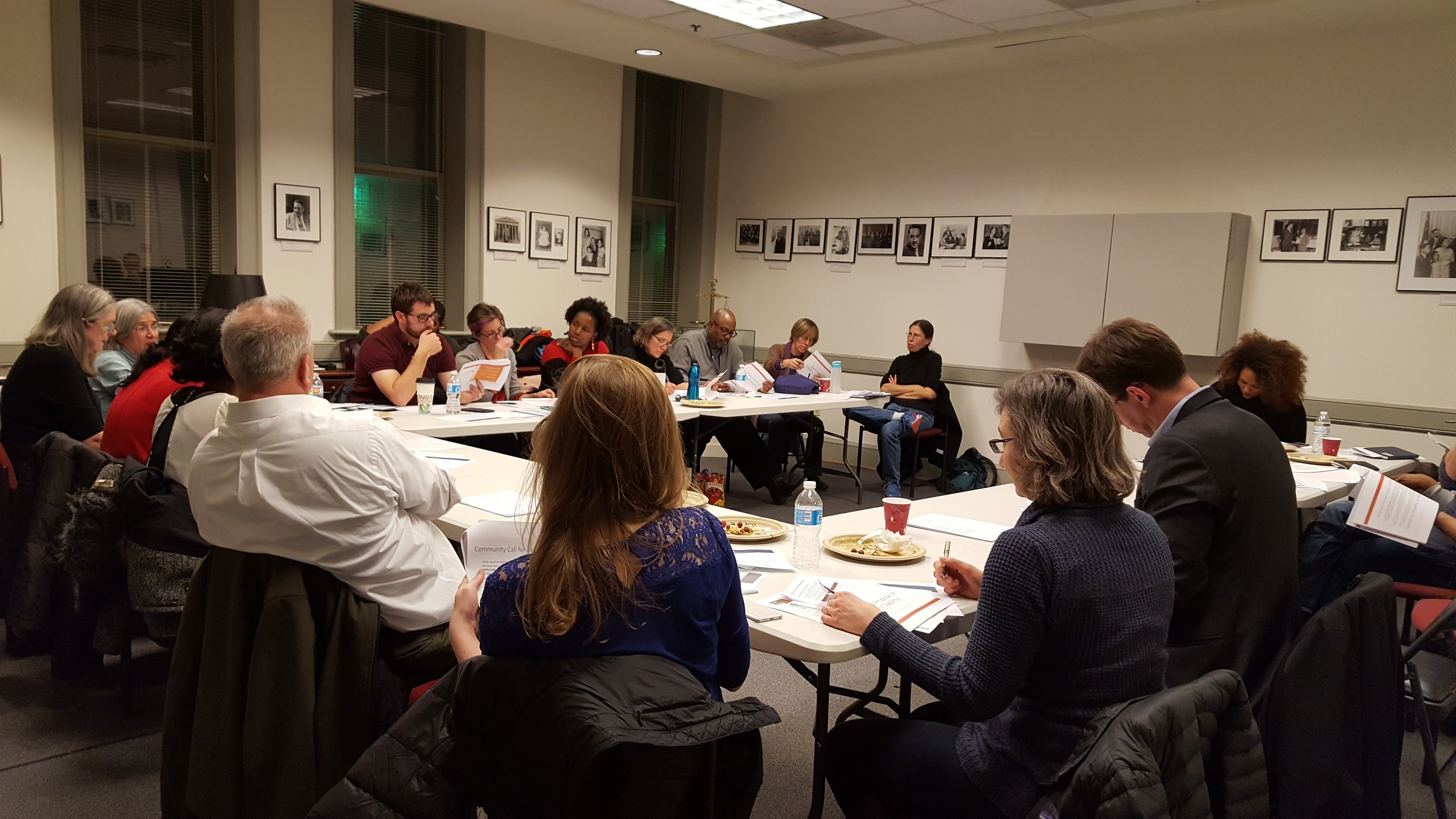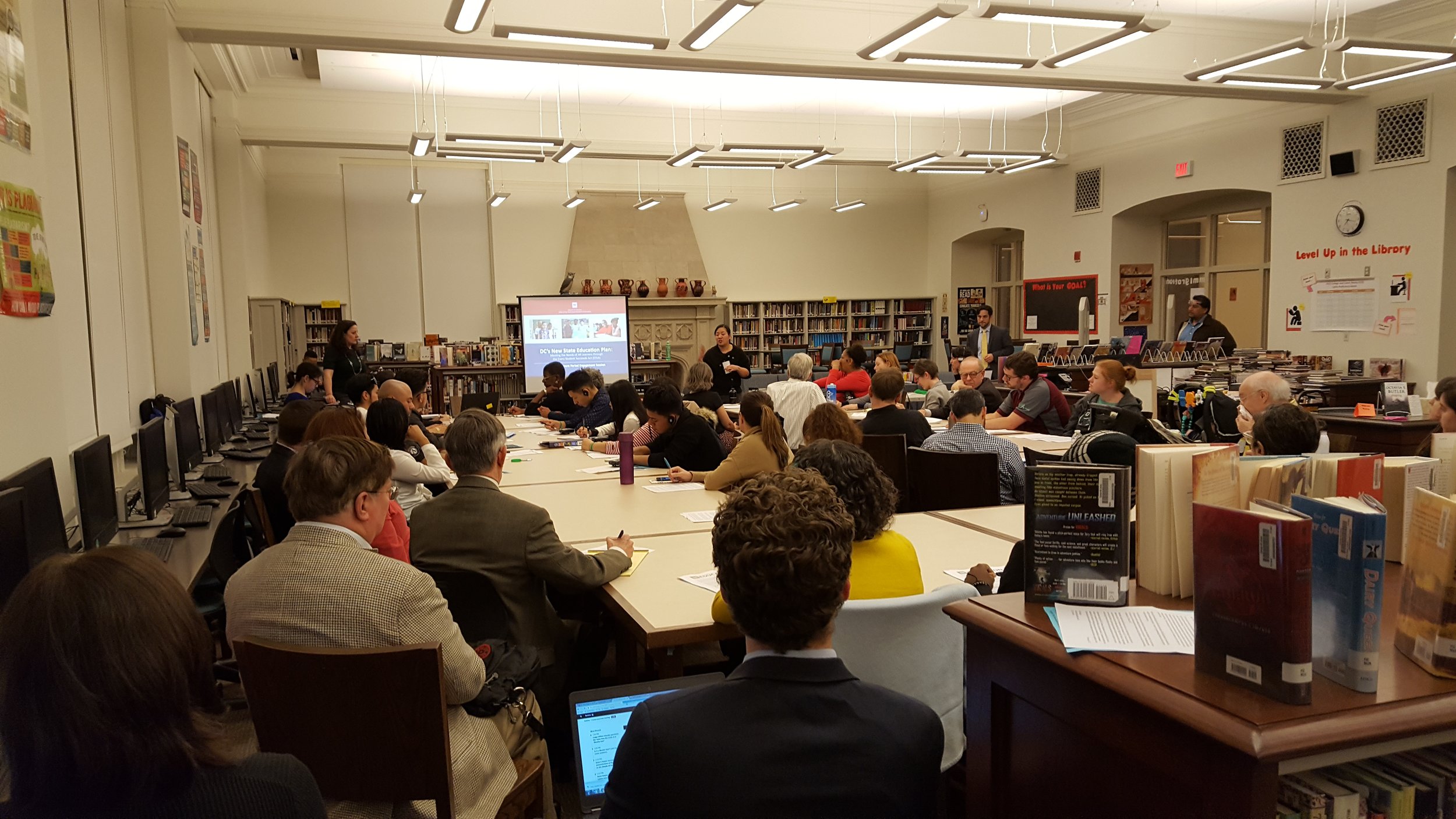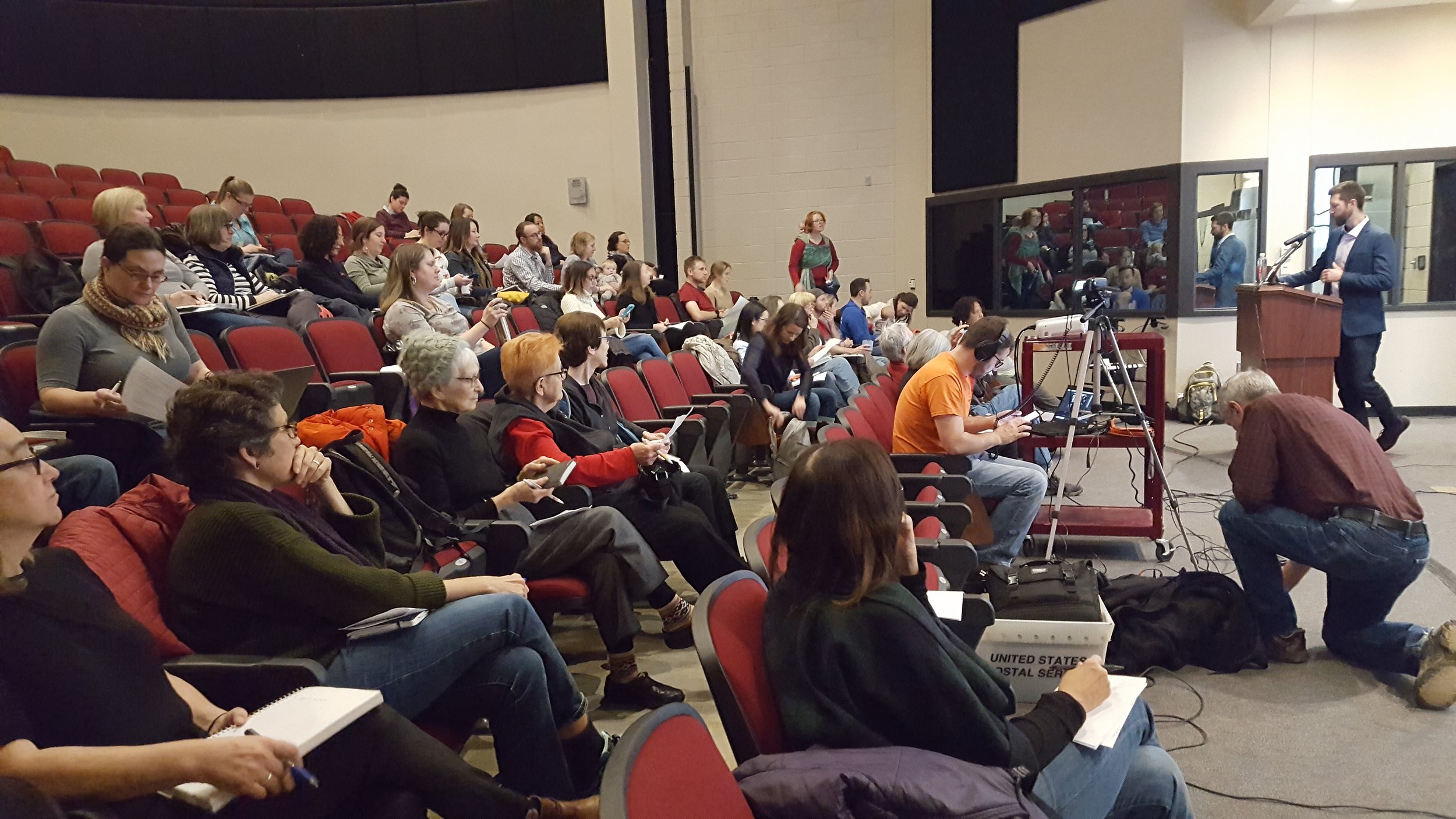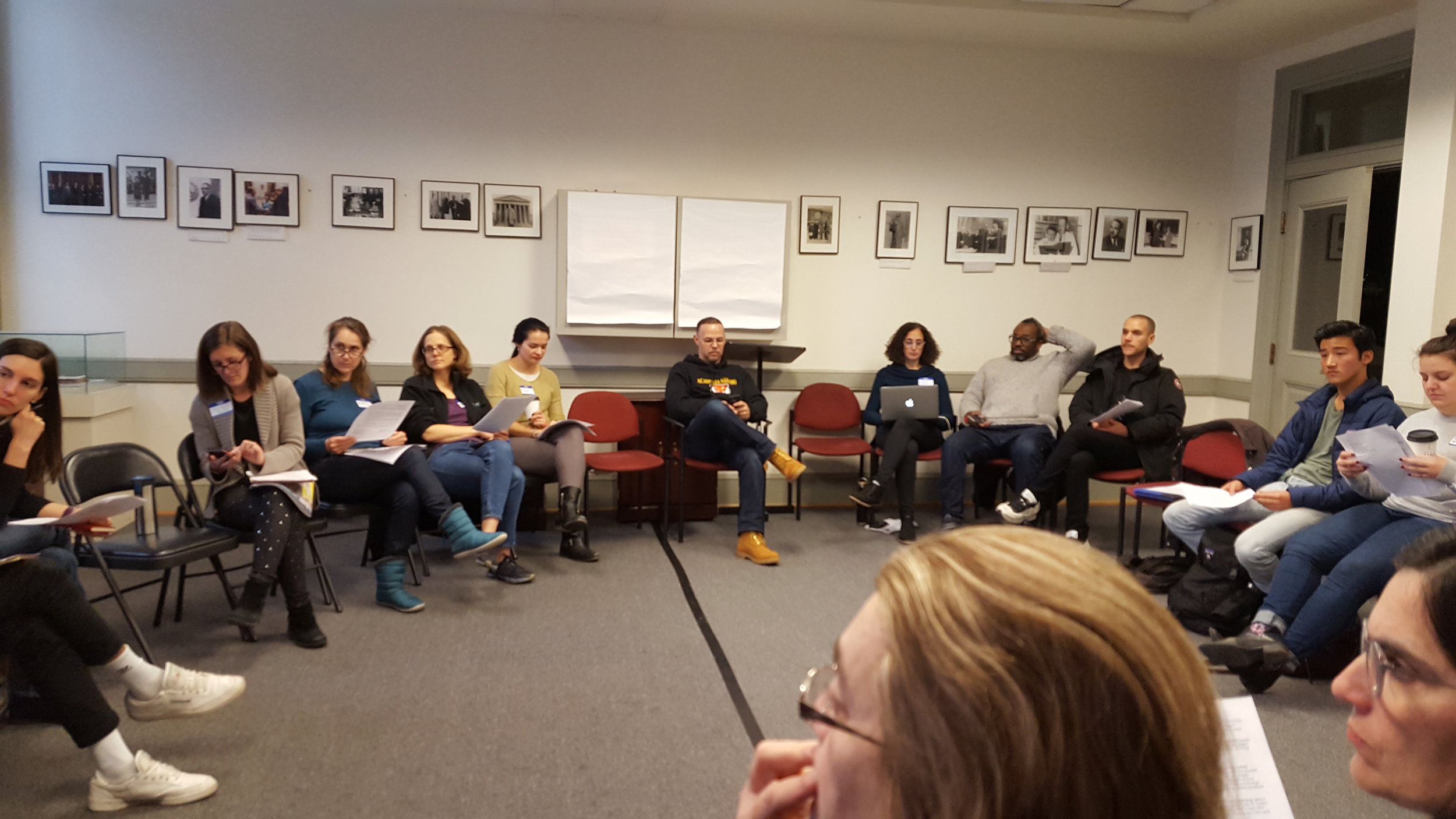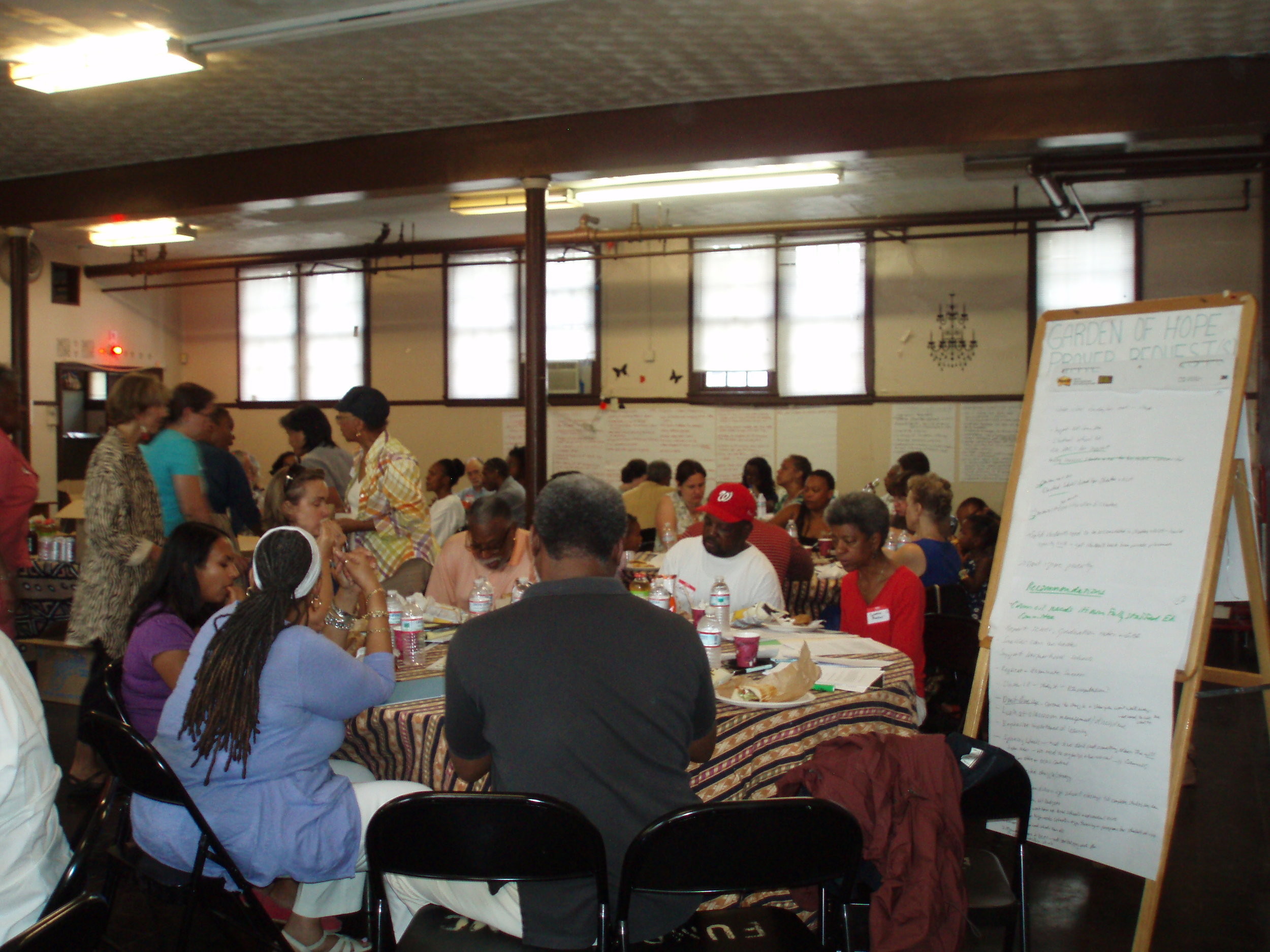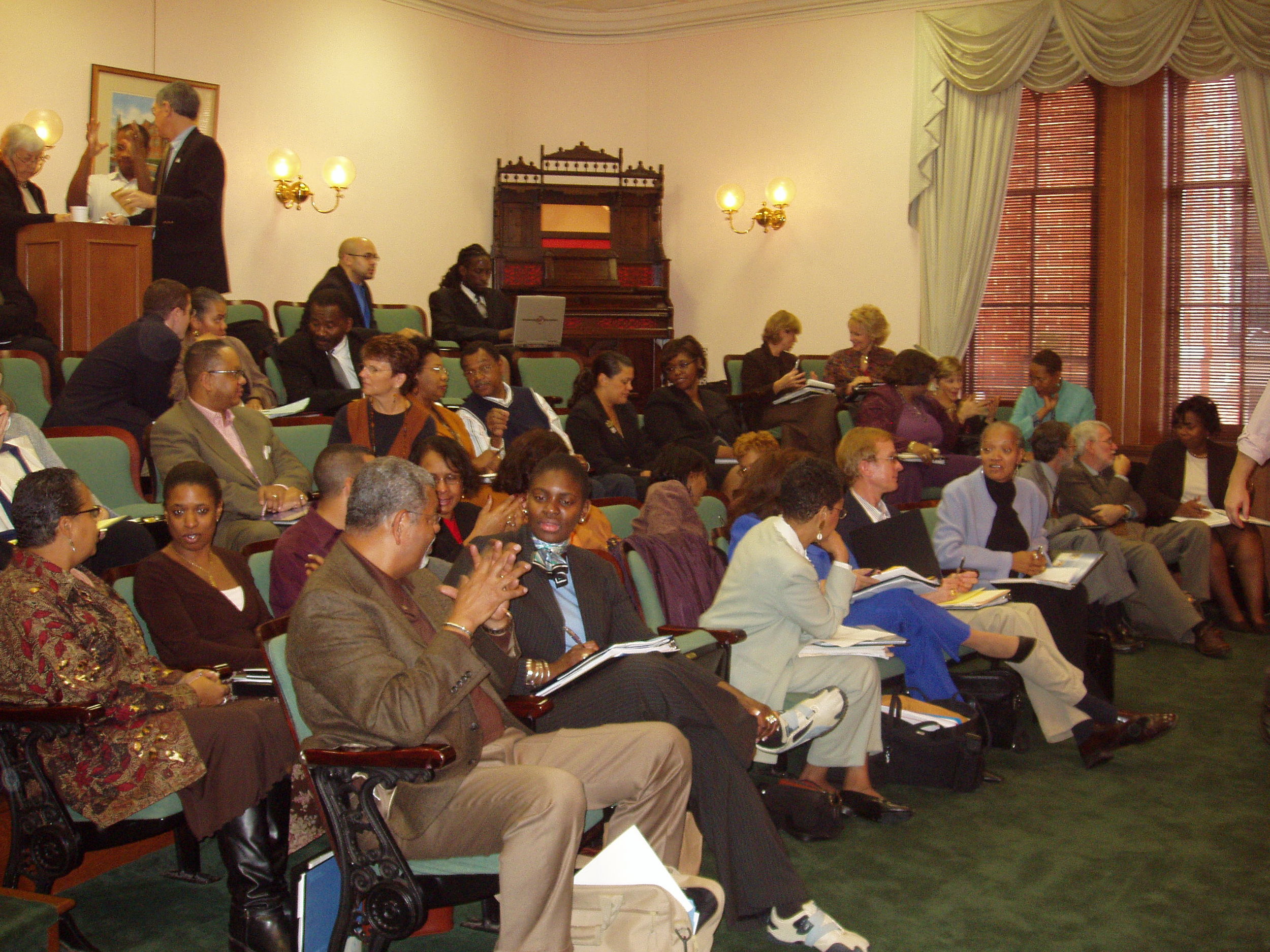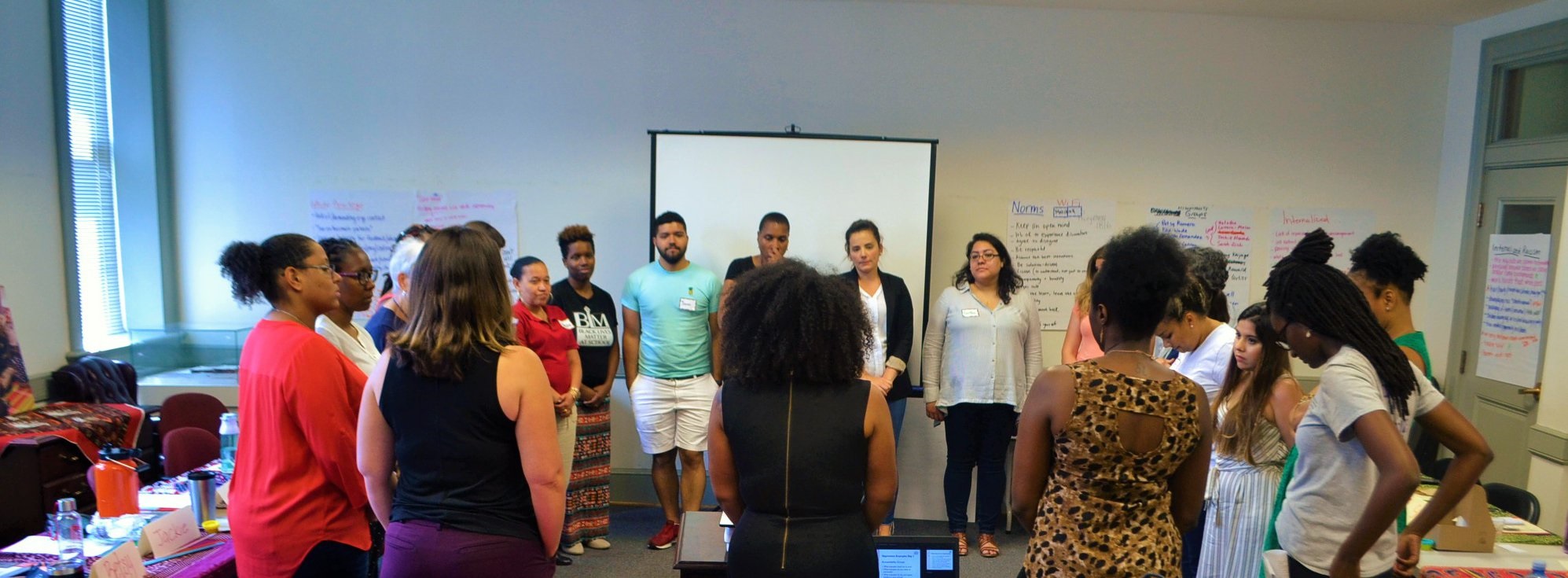Our current system has inefficiencies and inequities that impede the ability of DCPS to provide quality educational opportunities to all families, which is its mission.
/Our current system has inefficiencies and inequities that impede the ability of DCPS to provide quality educational opportunities to all families, which is its mission.
As we work to ensure that students have a clear assignment to schools of right based on DCPS attendance zones and feeder pathways; to ensure that there is adequate capacity in the geographically zoned DCPS facilities at each grade level (Pre-Kindergarten, Elementary, Middle, and High), including feeder pathways, taking current and future population and enrollment trends into account; and work for equitable access among District students to high-quality public schools, these are 4 of our challenges:
Address the current inequities: All families are entitled to attend a DCPS neighborhood school without entering the lottery for K through 12th grade. There are not equitable quality programs or facilities across all DCPS schools. Equitable access preferences in the lottery cannot address all students who qualify. There is not adequate capacity for all students across every ward in their DCPS by right school. In fact, some families feel compelled to enter the lottery to have what is accessible by right in other areas of the city.
Indicators of Inequity:
Students travel longer distances to get to a public school primarily in wards 7 and 8 where they are traveling a median distance of 2.5 to 3 miles compared with Ward 3 where the median distance is less than one mile.
Uneven distribution of special programs across schools and feeder patterns, CTE, Language Immersion or Dual Language, International baccalaureate. Also music, PE, art, science and other specials in the elementary schools
Uneven distribution of programs in schools for children at different levels of special needs or disabilities.
DCPS schools modernized and those waiting. Bard and MacArthur moved ahead of schools identified in the PACE act.
Inequities in outside resources and funding coming to different schools includes PTA/PTO contributions across schools, which can affect school staffing and programming.
Students learning in overcrowded conditions, others in schools with excess capacity -
Despite no agreement on what a quality school is, there is inequitable access to those perceived as high quality by many.
Causes:
Inequities in education mirror inequities in all other areas, where wealth, better housing, availability of health resources etc promotes student learning.
DC has closed 70 DCPS schools. In wards 2 and 3 about half of the students attend private schools, and those attending public schools still have closer access there. In the other wards, where neighborhood schools have closed, resident families are traveling out of their neighborhood to schools they feel are safer or have more resources. In their judgment, those schools do not exist close to home.
DCPS has struggled with a funding model that would guarantee funding equitably and also fund need and resources available to all.
The District has not accounted for outside contributions to schools, which may further inequity.
Even with the PACE act, The District has not funded renovations equitably.
The star system OSSE uses as an indicator of quality depends heavily on test scores and has inadequate ways to measure growth. This in itself poses an inequity – schools where students are high performing at entrance score higher. 49% of the children in DC schools qualify as “At Risk”, homeless, overage, TANF and SNAP eligible. These students are in high concentrations at a number of DCPS neighborhood schools that overall do not have 4 or 5 stars. Inequity has not yet been determined by inputs of resources according to need.
The promise of charter competition as an incentive and motivator to improve the public education infrastructure has not been fulfilled. It is just competition, with more schools than can be equitably funded given the current population, which itself is not growing. The funding of smaller and smaller schools and special programs as DCPS looks to compete has not led to equity, but to scarce resources and inequity.
Some DCPS high school feeder patterns have multiple middle and elementary feeder schools, others are limited to one middle and few elementary schools. Smaller enrollments throughout a feeder pattern lead to fewer resources and continuing falling enrollments in a system of little to no policy restraint on school openings.
DC has expanded space at high-demand schools at the expense of working to increase demand at schools under-enrolled and thus has created a problem with capacity. This is embedded in policy and practice.
The design of our education system - charter and DCPS causes these challenges. Our accountability system encourages all of our schools to weed out our “hard to serve” students and our by-right school system, used as a last resort, makes it easy to do so.
Address the inefficiency of the current system: The District spends $2 billion annually on public education and we are not getting the best value for this investment.
Indicators of inefficiency:
DC’s education sector has opened 72 schools in the last decade. DC’s charter sector opened 60 new schools in the last 10 years and closed 29. DCPS opened 12 and closed 3. This was not aligned with capacity needs or community demand at any moment.
Current policy incentivizes starting new schools versus investing in those that we have. This has spread existing resources more thinly over more schools..155 of the 251 DC public and charter schools are identified as small – under 300 for ES, 400 for MS and 500 for high school. The smaller DCPS schools by enrollment (not school facility size) are in wards 7 and 8. Because enrollment drives funding, smaller DCPS schools have not been able to offer the depth and variety of programming and rigor that larger ones can.
DC has too many schools for the students we serve.
In a system of 251 schools and 71 separate school systems, there are expanded administrative costs across so many schools; this also creates competition for talented personnel.
The charter facility allowance commits the District to millions yearly ($175m for FY24), which may exceed actual facility costs. These funds are used so charters can take on debt for buildings,but since they are operating dollars, they are not limited to capital and can be used for anything. This is not apportioned by need but rather the same per pupil allotment, without any tracking. This is not efficient and probably represents a large portion of the tens of millions DC charters bank annually.
The District has given away excess buildings, limiting the facilities available for swing spaces during renovations of DCPS schools, which requires the District to build additional facilities for swing spaces.
Additional seats being added to schools that are overcrowded, as opposed to redrawing school boundaries, or limiting out-of-boundary seats, represents a lost opportunity to invest in the under capacity schools and thus bring enrollment and resources to DCPS schools in Wards 5, 7 and 8 in particular.
Causes::
There are 71 school systems in DC, DCPS with slightly over half in DCPS and 70 other LEAs managed with public money by private nonprofit boards.
In policy, the charter system makes decisions on opening new schools based on the quality of the application. Need is defined as the existence of waiting lists at existing charter schools. This is an inaccurate and faulty measure. There is little to no discussion of need as related to current capacity or current or projected student population. These same students are on multiple waiting lists. There is no policy that requires or supports the overarching stated goal of a DCPS system of right complemented by citywide DCPS and charter schools articulated in the 2014 Student Assignment Recommendations.
The charter school board is not part of the government and overall operates outside the rules and accountability that govern the DCPS system. They have the authority to commit city funding. The DC Council has no authority over how they spend it currently.
Individual choice has been embraced as a priority in all DC school planning at the cost of securing education rights in every corner and discussing what is in the best interest of all families. This competitive business model alongside the entitlement of a neighborhood system that is not adequately supported has led to a very expensive and inequitable system.
There is no citywide education master plan to drive the Student Assignment, Master Facilities Plan or the Adequacy Study that are being undertaken by the DME. The last DCPS education plan–not goals–was in 2005.
A weak democratic process with inadequate representation and an inadequate legal framework has led to an undemocratic process in which too few, including those who fiscally benefit from charter proliferation, control the opening of new schools and the overall working of the system.
Address the Instability of the current system
Indicators of instability:
High mobility for students during and between school years, which can reduce student achievement and lower a sense of belonging
While better there are still some unclear, confusing, or unpredictable feeder patterns
High administrative and teacher turnover creating instability at the school level with challenges to relationship building and continuity.
Charter schools have earlier entry grades, prompting decisions by families to leave one school for another too early, leaving few kids in some grades at DCPS schools
Overall mismatch of starting grade levels at different LEA’s given the high number of LEA’s has led to higher mobility resulting in more instability.
Causes:
In a lottery system where schools are rated, many families have the incentive to change to try for something of a higher rating,
In a competitive system, charter schools have added a lower grade to encourage students from existing schools to change.
The charter system is founded on the principle that “bad or ineffective” schools should close and there should be yearly opportunities for new schools to open. This high level of choice and ratings has led to policymakers embracing exits versus investment. However, there is no data to show that students perform better when they transfer into a “better” school. The District selects churn over the very hard work of bringing all students up to where they need to be.
Families leave elementary schools they are happy with in order to optimize their chance of going to a secondary school that they perceive as higher quality.
Overall still racially and economically segregated
Indicators of segregation, low diversity
Economic segregation viewed through the percent of at risk students at different schools is extreme – 1% at Janney ES, 93% at Patterson ES. There is also significant variation even within a feeder pattern. This segregation is not limited to DCPS. Economic segregation brings other inequities, like unequal volunteers, PTA/PTO funding, opportunities for students, etc.
Racial diversity exists in some Ward 1 ward 4 and Ward 6 schools with a balance of Black and Latino students. There is much more significant segregation among Black and White students.
The data is clear that the schools have largely remained segregated by race and level of wealth with a few exceptions.
Causes:
Some of this is reflective of housing.
We have data showing that families tend to choose schools that have a lower level of student poverty than the ones they are entitled to by right.
Availability of before and after school care is a big driver of where families start and form relationships.
Students generally travel north and west to attend citywide or out of boundary schools in search of safety, quality and motivated peer groups. Students generally do not travel east or south in order to experience a more diverse educational setting.
Neighborhoods are less segregated than DCPS neighborhood secondary schools in some parts of the city – indicating continued hesitancy of integrating schools.
The designation of stars as a definition of quality has validated pre-existing perceptions of schools. In our city, the history of the perception that a majority Black neighborhood school, or a school with a majority of students qualifying as “At Risk” is of poor quality has been re-enforced.
Data needed – How many are attending a school close by? Who is benefitting from the out of boundary schools in far northwest? Does the DC Auditor report on school enrollment that found 40% of students attend the closest school to their home as the crow flies still stand? What percent by sector, race, and SES attend a school .5, 1 mile etc?
Are the young people who are homeless, overage, receiving TANF or SNAP funds doing better at a school like Jackson Reed or Washington Latin or DCI in fact than at Anacostia or Roosevelt, Woodson, Ballou, Dunbar, Eastern, Cardozo or Coolidge? Can this be done looking at overage and then the other qualifiers. Is this compromised by those that have the resources to choose and then to travel? Do we have other measures besides proficiency on the PARCC?
